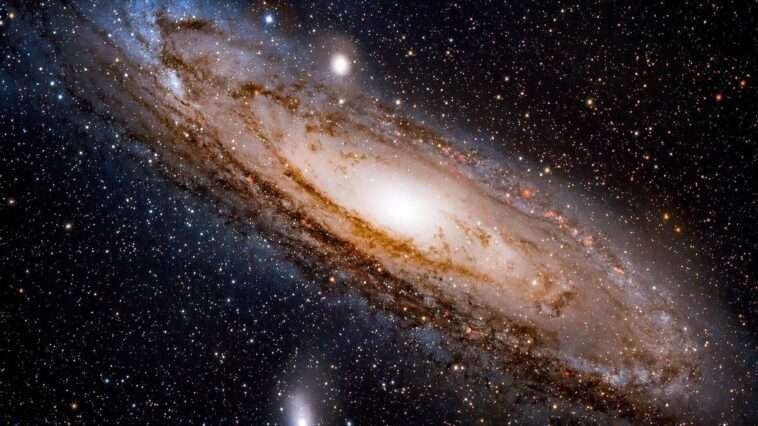Researchers from MIT have made a groundbreaking discovery while analyzing data from the James Webb Space Telescope (JWST). They have identified some of the oldest stars in our Milky Way galaxy, according to a study published in the journal Monthly Notices of the Royal Astronomical Society.
These ancient stars, located in a region of our galaxy known as the Halo, are estimated to be about 12 to 13 billion years old—dating back to the era when the universe was first taking shape, as reported by Popular Science.
The Birth of the Universe
The Big Bang theory posits that the universe originated approximately 13.8 billion years ago from a small, dense fireball that exploded, leading to the expansion and formation of everything we know. While this theory is widely accepted, the exact cause of the Big Bang remains a mystery.
Discovery of the Small Accreted Stellar System (SASS)
These newly discovered stars are part of what scientists have named the Small Accreted Stellar System (SASS). Astronomers believe that each of these stars initially belonged to its own galaxy, which was later engulfed by the Milky Way.
MIT’s team is now expanding their search to other regions of the Milky Way to find more ancient stars and stellar systems.
Insights from MIT Researchers
Anna Frebel, an MIT astronomer and astrophysicist, expressed excitement about this discovery in a statement via MIT News: “These oldest stars should definitely be there, given what we know of galaxy formation. They are part of our cosmic family tree. And we now have a new way to find them.”
The Journey of Discovery
Hillary Andales, a study co-author and member of MIT’s Class of 2023, reflected on the unique experience: “While most of our classes are taught from the ground up, this class immediately put us at the frontier of research in astrophysics.”
The research team, which included both students and undergraduates, invested significant time and effort into this project. MIT undergraduate Ananda Santos shared her experience: “It took a lot of hours staring at a computer, and a lot of debugging, frantically texting and emailing each other to figure this out. It was a big learning curve and a special experience.”
Looking Ahead
Frebel highlighted the importance of this discovery for future research: “Now we can look for more analogs in the Milky Way that are much brighter and study their chemical evolution without having to chase these extremely faint stars.”
This discovery not only sheds light on the origins of our galaxy but also opens up new avenues for exploring the early universe. The team at MIT continues to search for more ancient stars, hoping to piece together the complex puzzle of our cosmic history.





